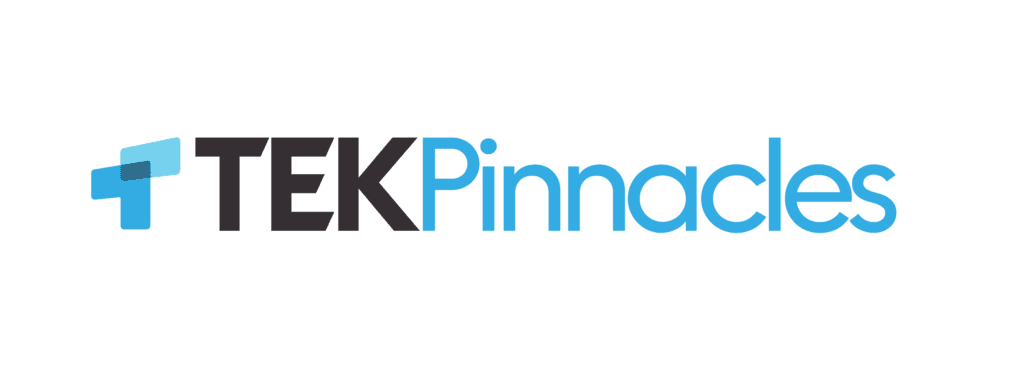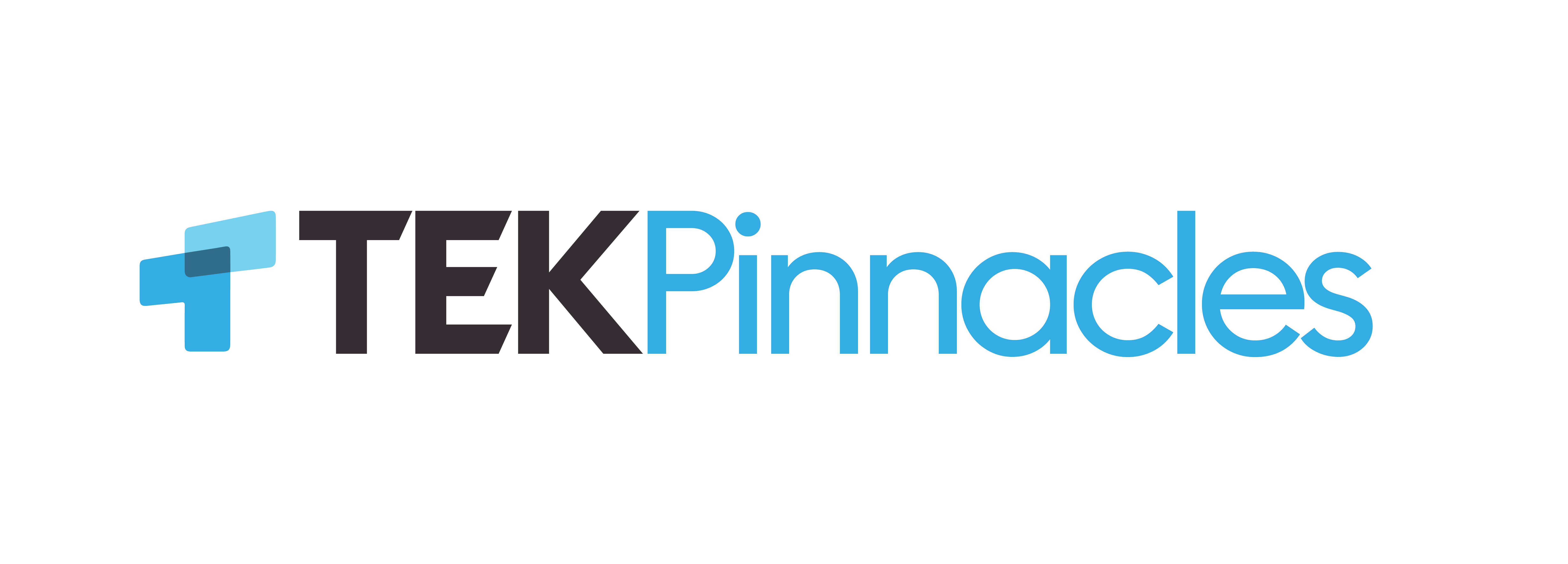Understanding Personal Virtual Machines and Their Benefits
In today’s tech-savvy world, flexibility, security, and control over our digital environments are more important than ever. Whether you’re a developer, a cybersecurity enthusiast, or just someone who loves tinkering with new software, a personal virtual machine (VM) can be a game-changer. But what exactly is a personal VM, and why should you care?
Let’s break it down into simple, human terms.
A personal virtual machine is like a computer within your computer. Think of it as a fully functional PC running inside a window on your main device. It acts just like any other physical machine, complete with its own operating system, apps, and settings—but it’s completely isolated from your actual system. This means you can install software, test code, browse the web, and even get infected with a virus—all without harming your main computer. Kinda magical, right?
What makes personal VMs so valuable is the level of freedom and safety they offer. Imagine wanting to try out a risky file from the internet, or you’re curious about a new Linux distribution, or maybe you need to test your app in both Windows 10 and Ubuntu. Instead of buying multiple devices, a personal VM lets you do all that from one machine.
Let’s talk about how it works. At the heart of a virtual machine is a piece of software called a hypervisor. This clever tool divides up your computer’s physical resources—like RAM, CPU, and storage—and assigns a portion to your virtual machine. There are free tools like VirtualBox and VMware Workstation Player that make this setup pretty straightforward. All you need is a decent computer with enough memory and processing power, and you’re ready to roll.
The beauty of VMs lies in their sandboxed environment. Everything that happens in the VM stays in the VM. That means if you accidentally download malware or mess up a system setting while experimenting, your main computer won’t even blink. You can just delete the VM or revert it to a previous state using a feature called snapshots—kind of like a save point in a video game.
Security is one of the biggest perks. Personal VMs are perfect for secure browsing, accessing sensitive websites, or opening files you don’t fully trust. Because the virtual machine doesn’t have direct access to your host system, it acts like a digital quarantine zone.
Software developers swear by personal VMs too. They let you create different testing environments with various operating systems and configurations. Want to see how your app behaves on Windows 11 and Ubuntu 22.04 at the same time? Just spin up two VMs. You can also simulate network conditions, try different security patches, or test beta versions of software—all without risking your actual setup.
But it’s not just for tech pros. Students and hobbyists love VMs for learning and experimenting. Whether you’re diving into ethical hacking, learning Linux commands, or setting up your first server, a VM gives you the room to explore—mistakes included. Break something? No worries. Just reset and try again.
Now, let’s be real. Personal VMs do come with a few downsides. They can be resource-hungry, especially if you run multiple at the same time. If your computer is already struggling with everyday tasks, adding a VM on top of that might be too much. You also need a bit of patience to get things running smoothly if you’re new to virtualization.
Another challenge is performance. Since a VM shares resources with your host machine, it won’t be as fast as running an operating system natively. So, don’t expect to play heavy games or run intense graphic applications unless you know how to pass your GPU through to the VM—which is more of an advanced move.
Despite the minor drawbacks, the benefits far outweigh the limitations for most users. A personal VM is like your own digital lab, safe zone, or multi-tool workspace. Whether you want to test something, learn new skills, or just browse the internet without worrying about your data, it’s an incredibly powerful tool to have in your arsenal.
And here’s a cool bonus: most personal VMs are portable. Since a VM is just a set of files, you can copy it onto a USB drive or cloud storage and use it on another machine. That means you can carry your entire customized environment with you—just plug, launch, and go.
In the end, personal VMs offer a brilliant combination of freedom, flexibility, and protection. It’s like having a reset button for your digital adventures. If you haven’t tried one yet, now’s the perfect time to give it a shot.
FAQs
1. Can I use a personal VM for online banking?
Yes, in fact, it’s safer to do sensitive tasks in a VM since it’s isolated from your main system. Just make sure the VM itself is secure and updated.
2. What’s the best software to start with for personal VMs?
VirtualBox is a great choice for beginners—free, user-friendly, and works on most platforms.
3. Do I need to install antivirus in a VM?
Absolutely. Just like a real computer, a VM can get infected. Treat it like a separate machine.
4. How much disk space does a VM use?
It depends on the OS and what you install, but plan for at least 20GB per VM.
5. Can I access files between my host and VM?
Yes! Most VM tools offer “shared folders” so you can transfer files between systems easily.




